Vincent van Gogh is known as a Dutch post-Impressionist painter, tormented genius of art, who had a very special relationship with sunflowers.
Although the artist's series of sunflowers had difficulties during his lifetime, in the contemporary world, they are definitely the most instantly recognizable artworks.
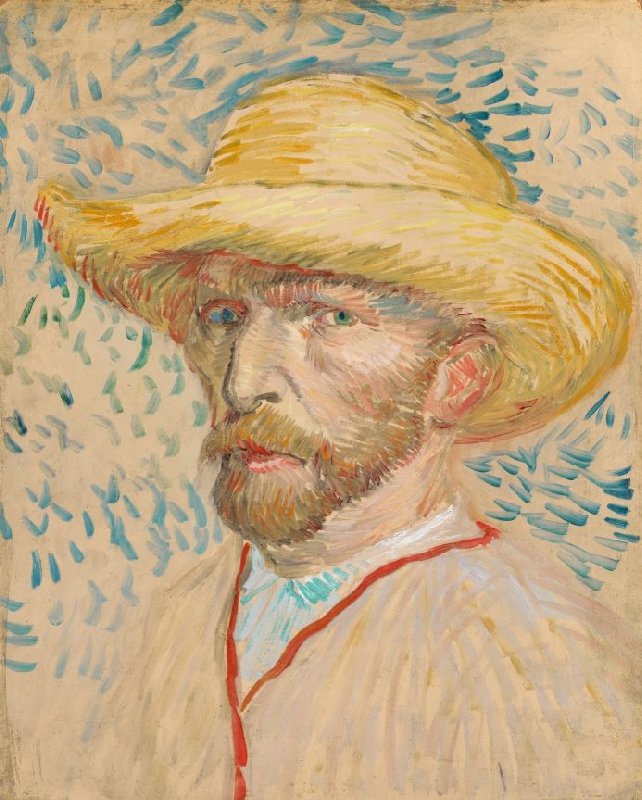
Image credits: Van Gogh Museum
#1
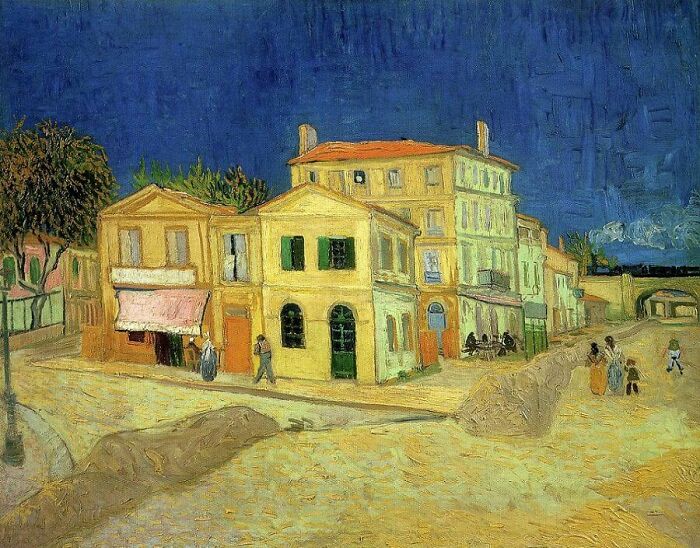
Image credits: Vincent van Gogh, The Yellow House (1888)
#2
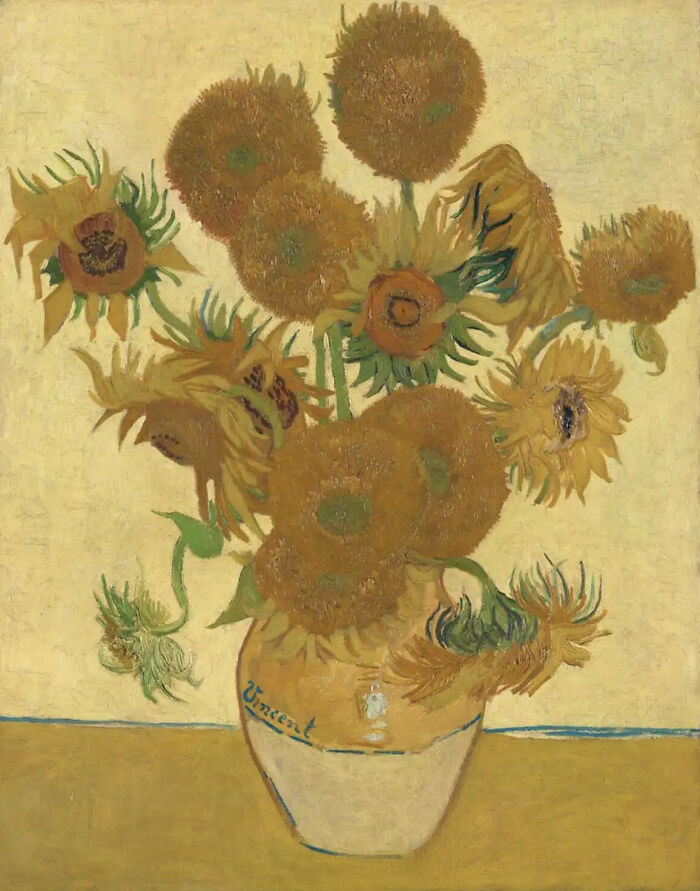
Image credits: Vincent van Gogh, Sunflowers (1888)
#3
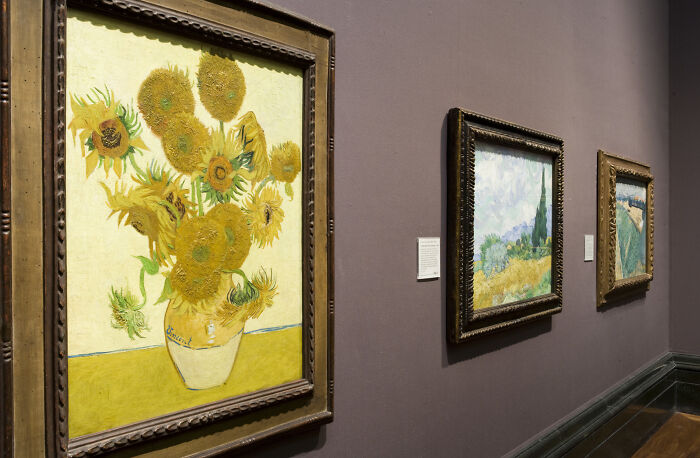
Image credits: The National Gallery, London
Vincent van Gogh wanted to be known as the painter of sunflowers. In a letter to his brother Theo, Van Gogh boldly declared, “The sunflower is mine”.
The other painters at the time thought that sunflowers were coarse and unrefined but that was exactly what Vincent was attracted to: he saw eternal and fascinating beauty in those imperfections. For the artist, sunflowers also communicated gratitude and happiness, radiating with the energy and vitality of the sun.
#4
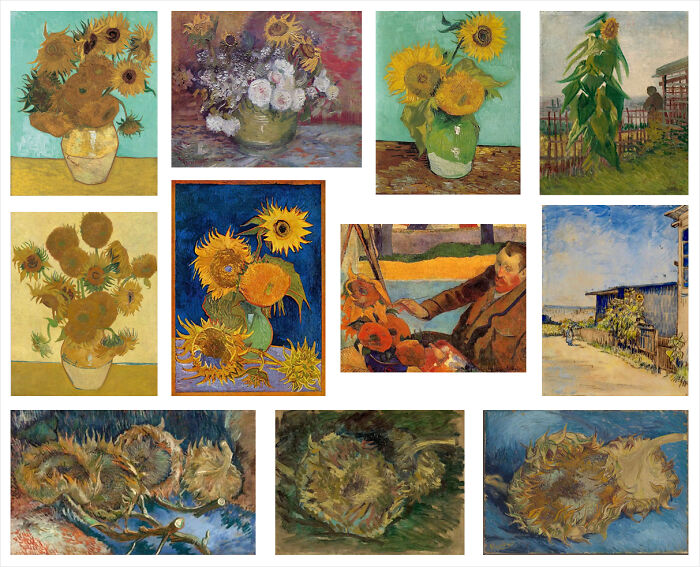
Image credits: wikipedia.org
#5
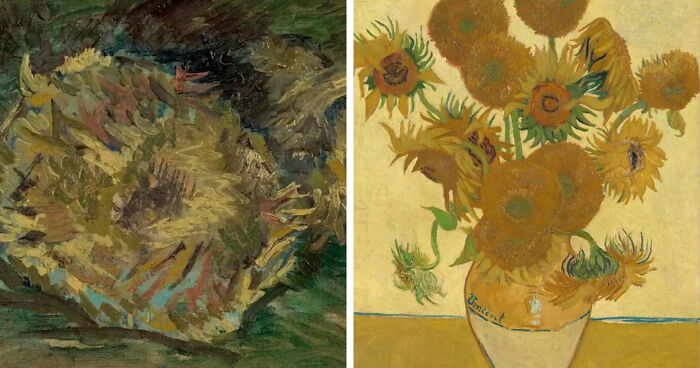
Image credits: Vincent van Gogh, Sunflowers Gone to Seed (1887)
It was in Arles, in the Yellow House, where the great sunflower period of Vincent van Gogh began: "I'm thinking of decorating my studio with half a dozen paintings of sunflowers," he said at the time.
He went on to do just that by painting at least 11 of the ones that we know of, some of which are now lost. Another interesting fact for you is that across 11 paintings, there are a total of 87 sunflowers.
#6
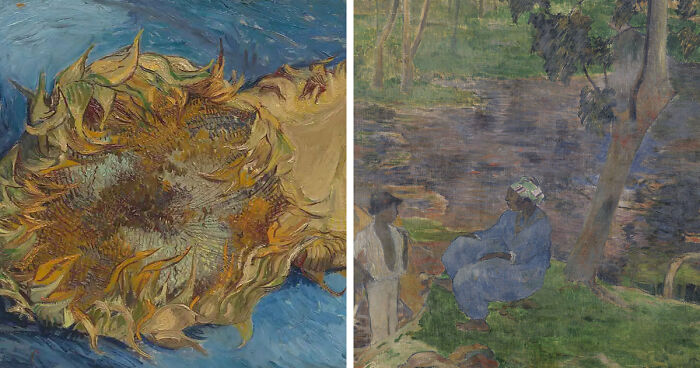
Image credits: Vincent van Gogh, Two Sunflowers (1887)
#7
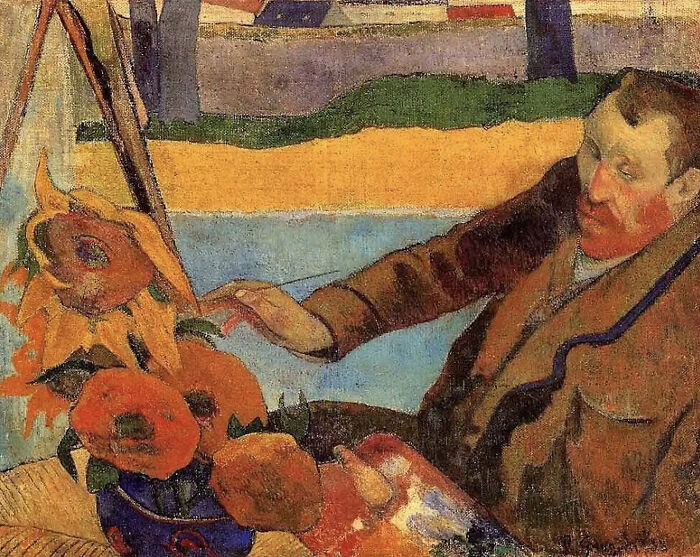
Image credits: Paul Gauguin, Vincent van Gogh painting Sunflowers (1888)
#8
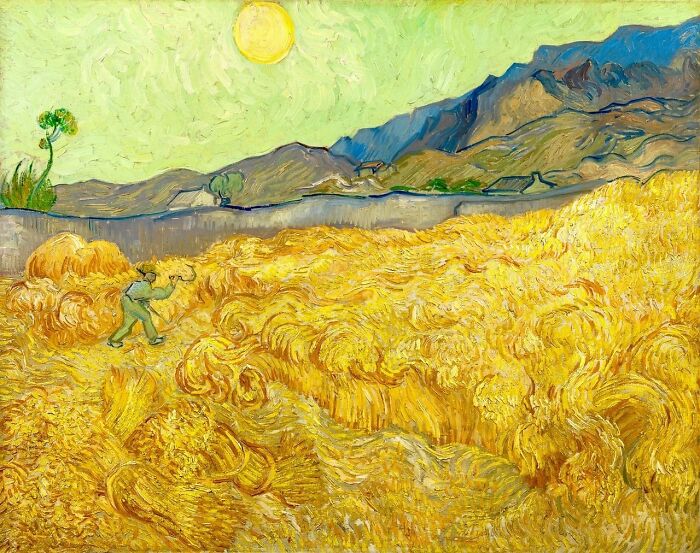
Image credits: Vincent Van Gogh, Wheatfield With a Reaper (1889)
Vincent was very conscious about using the complementary color scheme in his paintings to achieve harmony throughout each piece. Almost 90% of his paintings used blue and yellow as complementary colors. "Arranging colours in a painting," Van Gogh wrote to his sister Wil, "to make them shimmer and stand out through their contrasts, that's something like arranging jewels or designing costumes."
Yellow was one of artist’s favourite ones. He used bright yellows early in his career, adding other hues like ochre and cadmium yellow later on.
#9
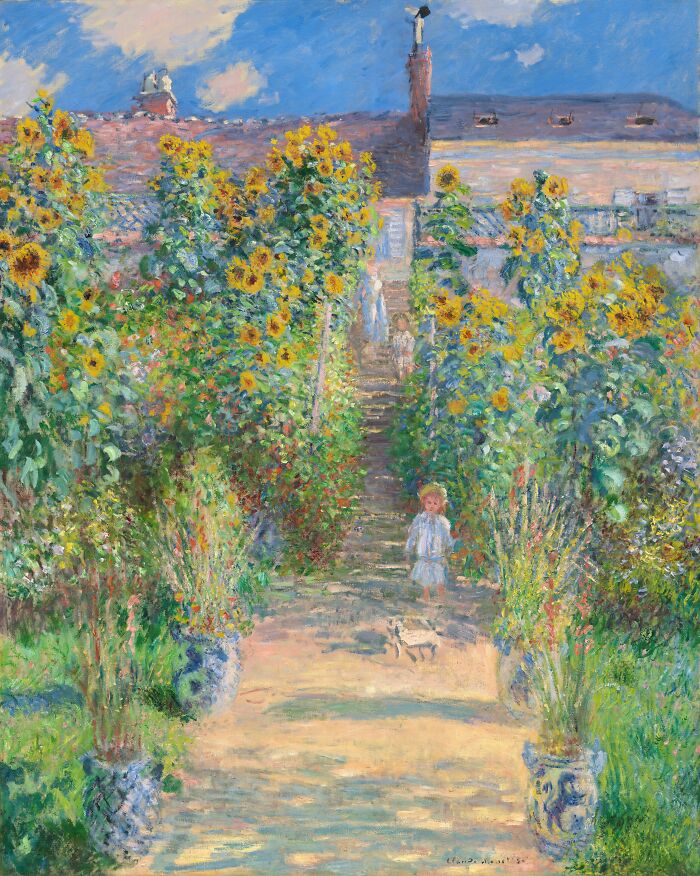
Image credits: Claude Monet, The Artist's Garden at Vétheuil (1881)
#10
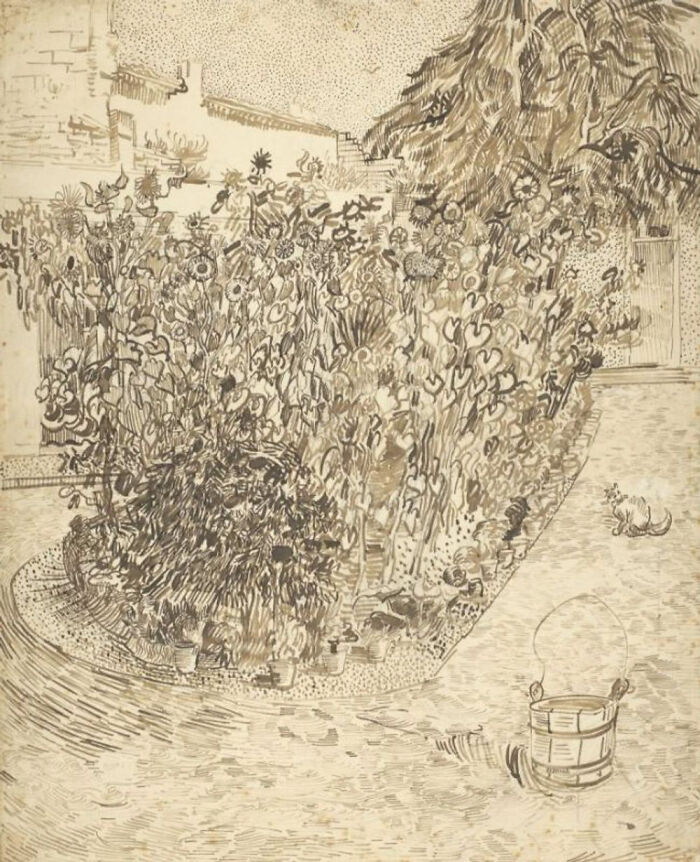
Image credits: Vincent van Gogh, Garden of a Bathhouse (1888)
Van Gogh had a deep admiration for Claude Monet; therefore, it's possible to see some influences such as powerful and expressive color palette and quality of impassioned drawing that are much more apparent in the flower paintings.
Monet painted a vase loaded with sunflowers about seven or eight years before Vincent van Gogh painted his series. Yet Monet focused more on the composition as a whole, and unlike Van Gogh, he painted the sunflowers with no sign of decay.
The flower that always turns towards the sun became a signature of the short yet truly remarkable career of Vincent van Gogh.
After the tragic day, Vincent's doctor, Paul Gachet, made a symbolic drawing inscribed “Le Tournesol” (The Sunflower), as well as planting sunflowers on the grave, while as a tribute to his lost friend, fellow artist Paul Gauguin grew sunflowers in Polynesia as well.
#11
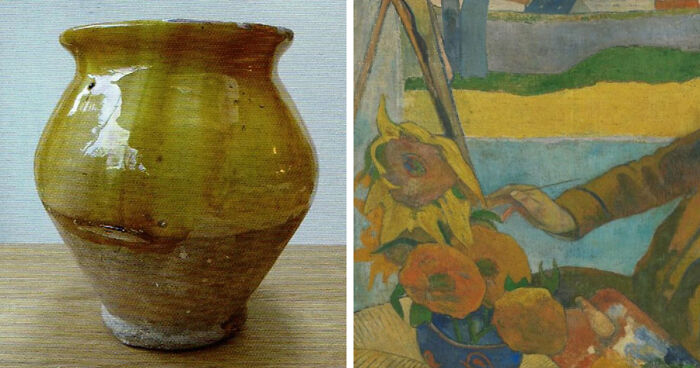
#12
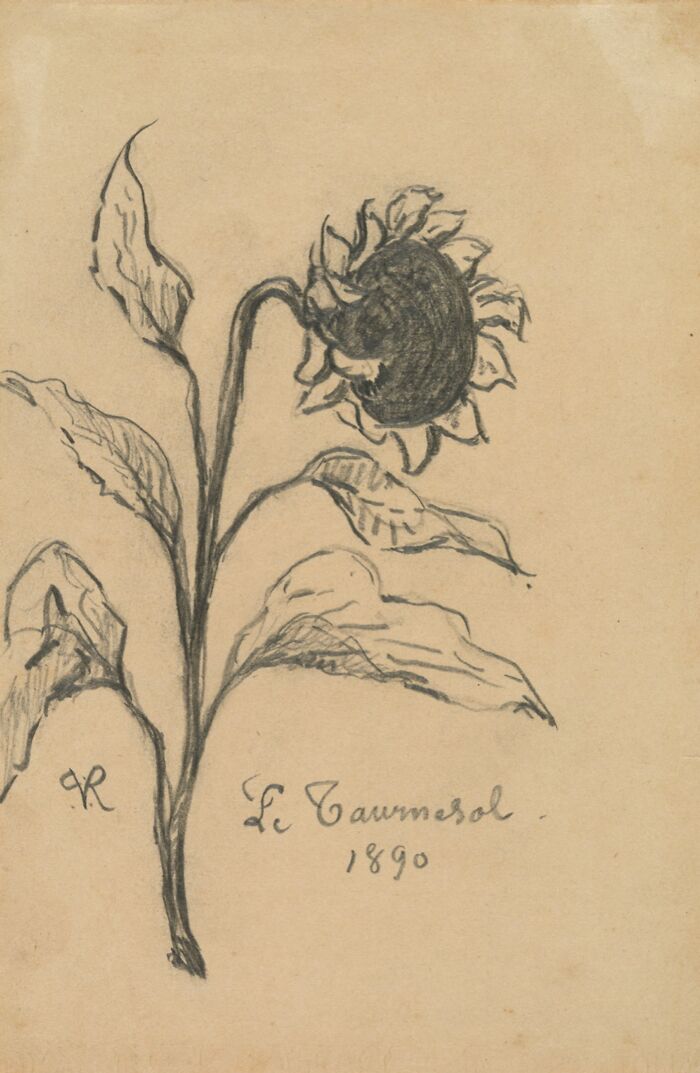
Image credits: Dr Paul Gachet, The Sunflower (August 1890)
#13
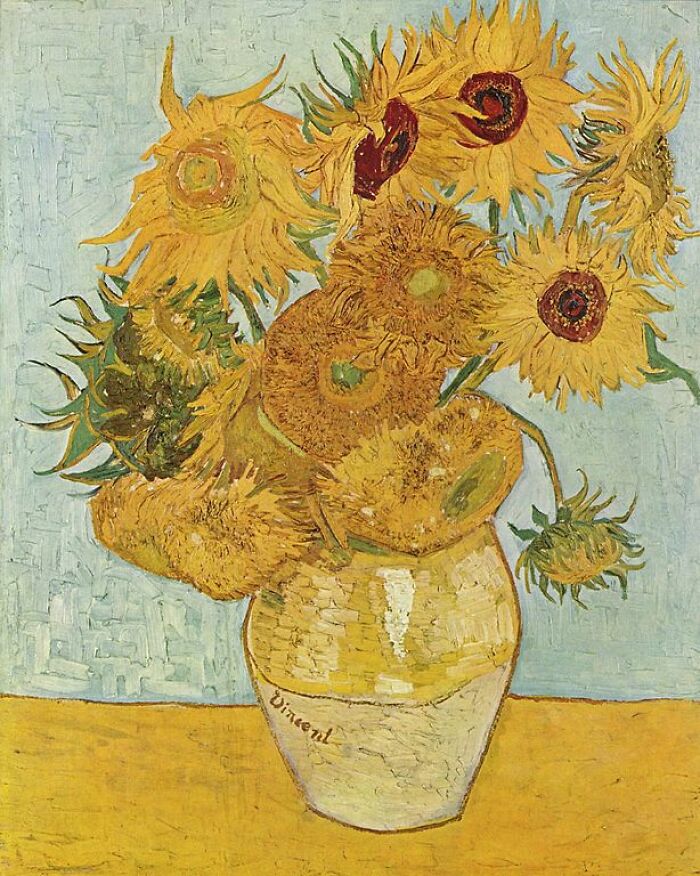
Image credits: Vincent van Gogh, Sunflowers (1888)
Leo Jansen, a curator at the Van Gogh Museum, says that the public is hardly aware that Van Gogh created a series of paintings of sunflowers: "For nine out of 10 people I tell, it’s news.” Martin Bailey, who published a book "The Sunflowers Are Mine: The Story of Van Gogh’s Masterpiece" also agrees with this opinion: “A lot of people know one of the Sunflowers, and don’t even realize there was a series."
Therefore, I highly recommend perusing the rest of these 17 facts related to the sunny flower that brought an eternal light to the unbearably difficult and deeply painful life of Vincent van Gogh.
#14
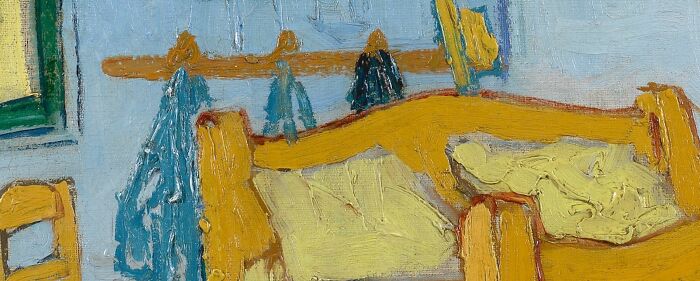
Image credits: Vincent van Gogh, The Bedroom (1888)
#15
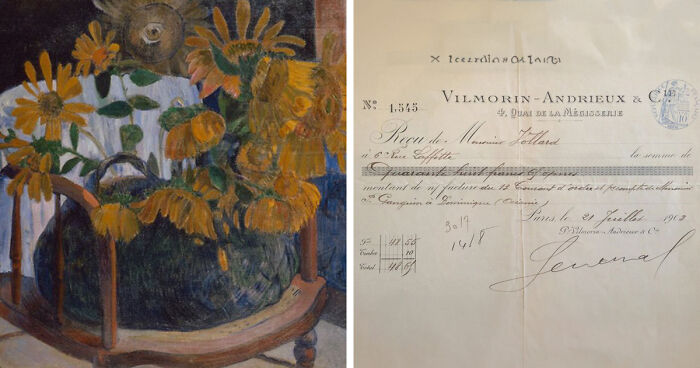
Image credits: Paul Gauguin, Still Life with Sunflowers on an armchair (1901)
#16
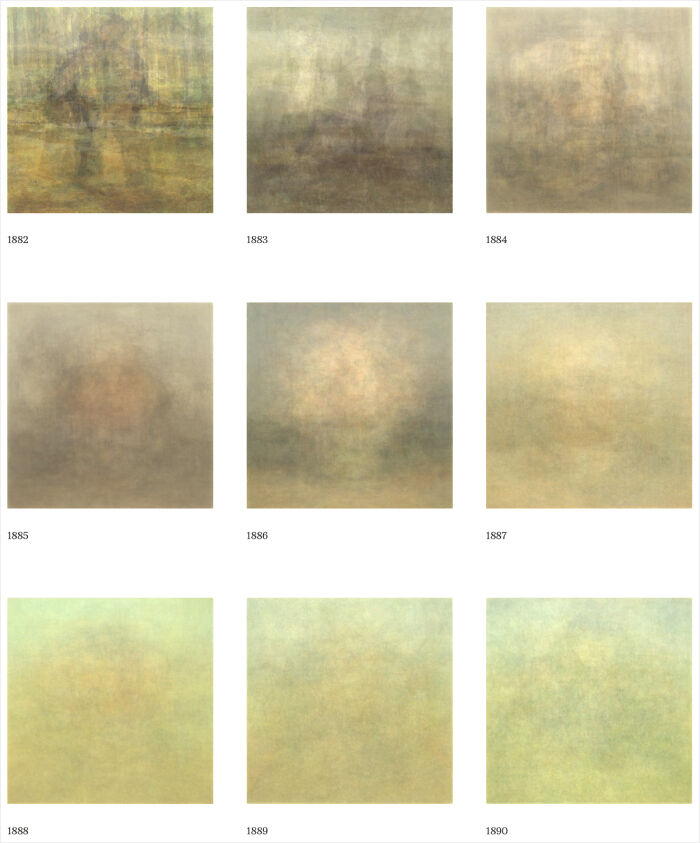
Image credits: Artnome
#17
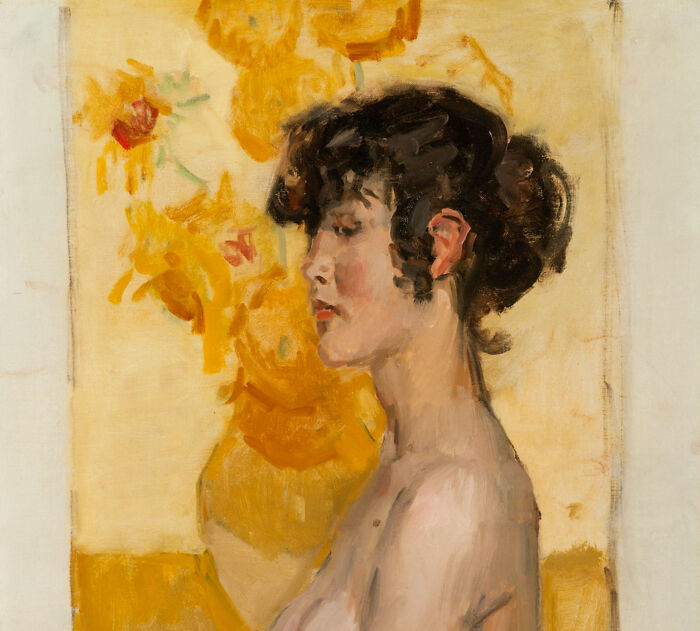
Image credits: Isaac Israëls, Woman before Sunflowers by van Gogh (1917)







